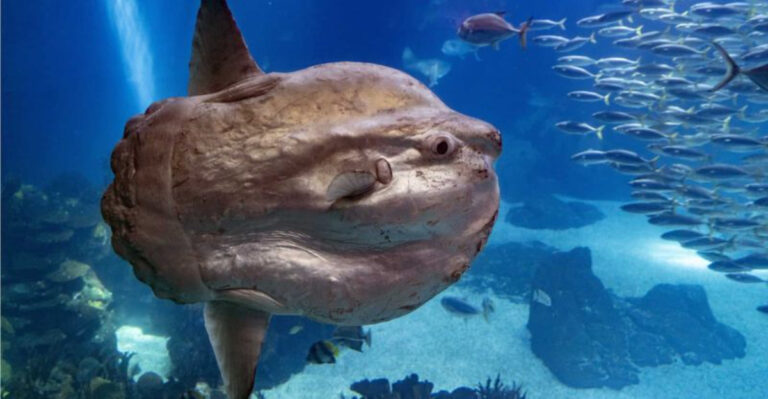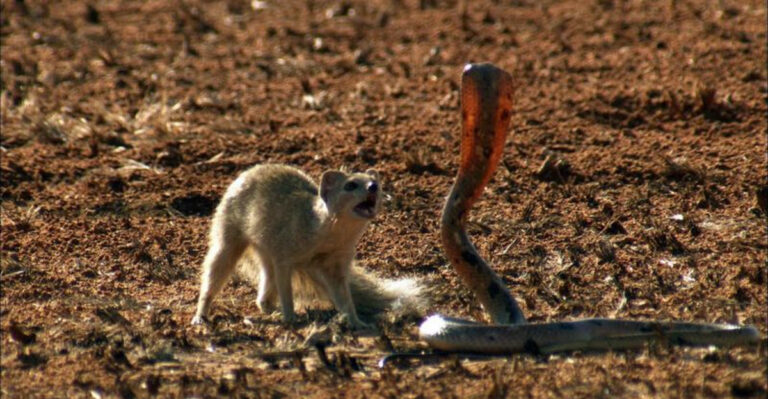The Largest Freshwater Fish Ever Found
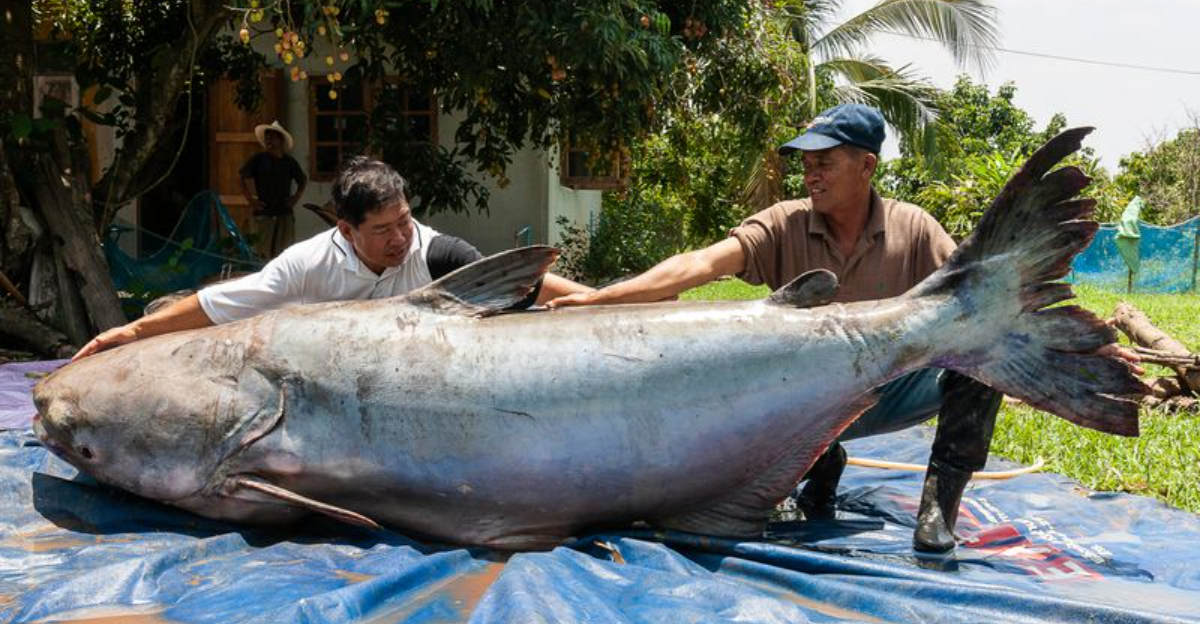
The world’s freshwater rivers and lakes are home to some truly massive creatures, but none have been as awe-inspiring as the largest freshwater fish ever found.
Discovered in recent years, this giant fish has set new records and captured the fascination of both scientists and wildlife enthusiasts. In this article, we’ll dive into the details of this incredible discovery and explore what makes this fish so extraordinary.
Record-Breaking Freshwater Fish
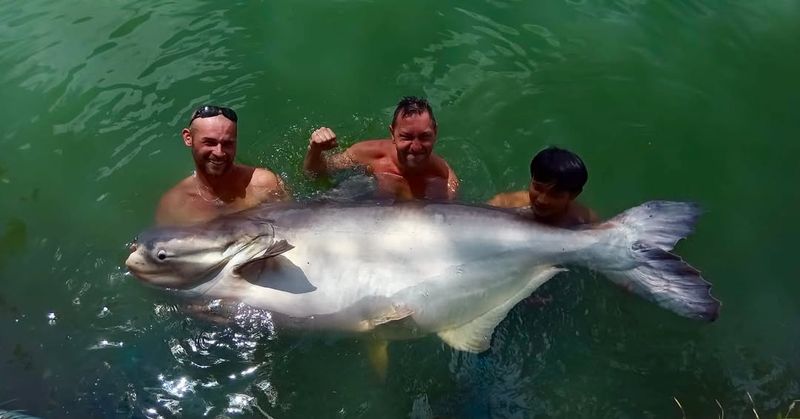
The record for the largest freshwater fish goes to an astonishing Mekong giant catfish caught in northern Thailand. In 2005, this specimen weighed in at a whopping 646 pounds (approximately 293 kilograms).
This massive catch showcases the incredible biodiversity of the Mekong River. The size of this fish highlights the ecological significance of preserving such habitats.
Habitat Of The Mekong Giant Catfish
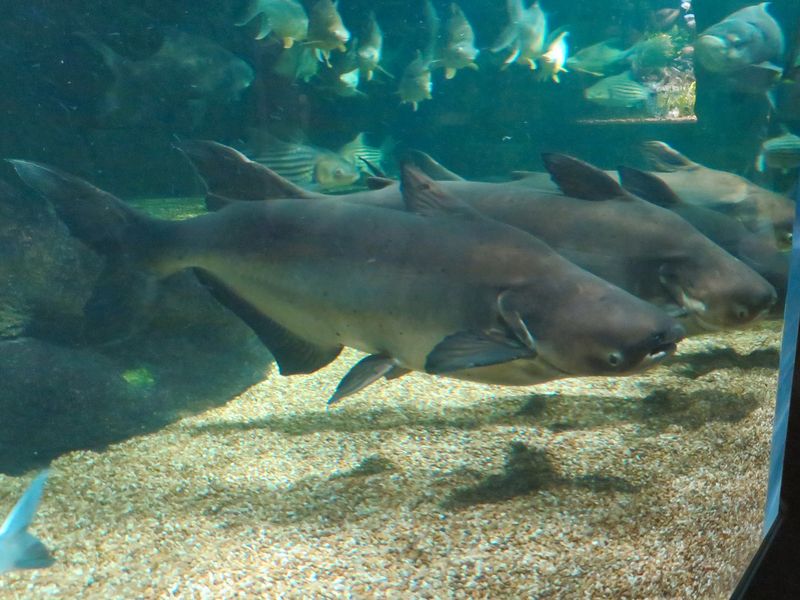
Found primarily in the lower Mekong River basin, the Mekong giant catfish makes its home in a diverse aquatic ecosystem. This river system spans several countries, including Laos, Thailand, Cambodia, and Vietnam.
The catfish thrives in large, deep rivers where it can find ample food and space to grow. Unfortunately, habitat degradation due to dam construction and overfishing poses significant threats.
Distinctive Features Of The Giant Catfish
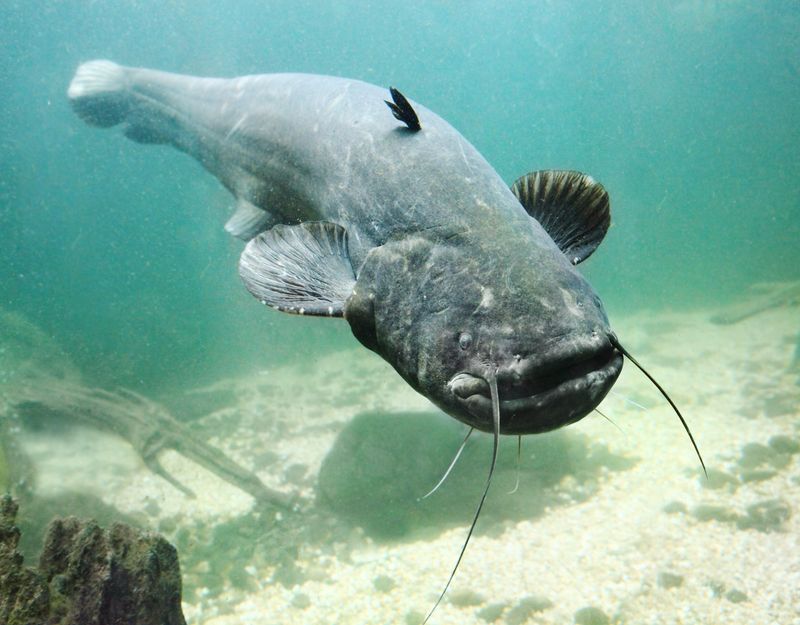
The Mekong giant catfish is renowned for its distinctive appearance. Unlike many fish, it lacks scales, featuring smooth, greyish skin.
This gentle giant is also identifiable by its long, whisker-like barbels, which it uses to sense its environment. Capable of growing over ten feet in length, its sheer size is awe-inspiring.
The catfish’s unique features play a role in its adaptation to life in fast-flowing river waters. These adaptations make it well-suited to the dynamic conditions of the Mekong River.
Feeding Habits Of The Mekong Giant Catfish
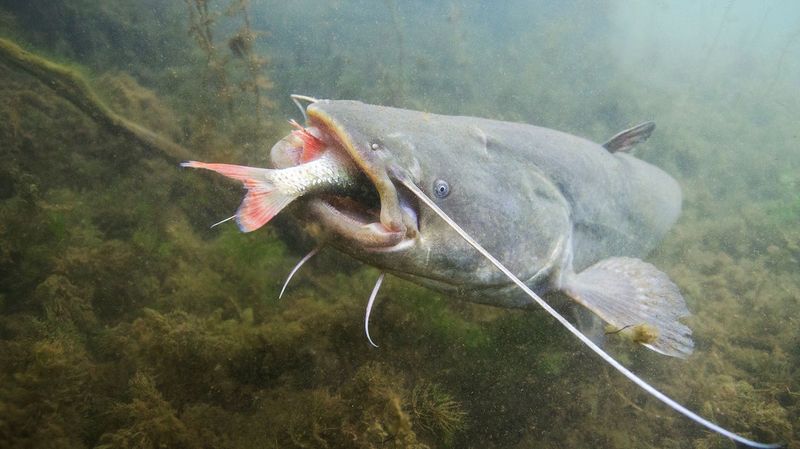
As a herbivore, the Mekong giant catfish showcases unusual feeding habits for its size. It primarily consumes algae and plant matter found in the riverbed.
This diet is part of what differentiates it from many other large fish species, which are often carnivorous. The catfish’s diet contributes to its role in the river’s ecological balance.
Lifespan And Growth Patterns
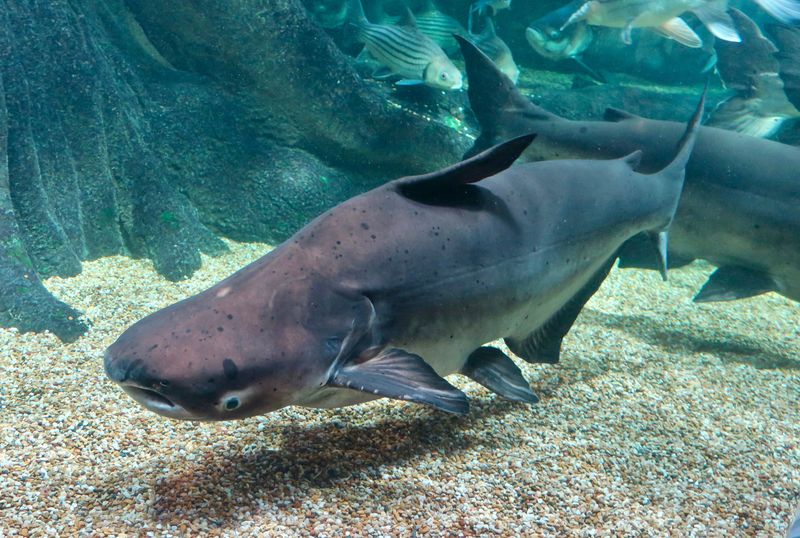
The Mekong giant catfish can live up to 60 years, with a growth pattern that spans several decades. This long lifespan allows it to reach impressive sizes.
Growth rates are influenced by environmental factors such as water quality and food availability. Understanding these growth patterns is key to conservation efforts.
Reproductive Behavior And Challenges
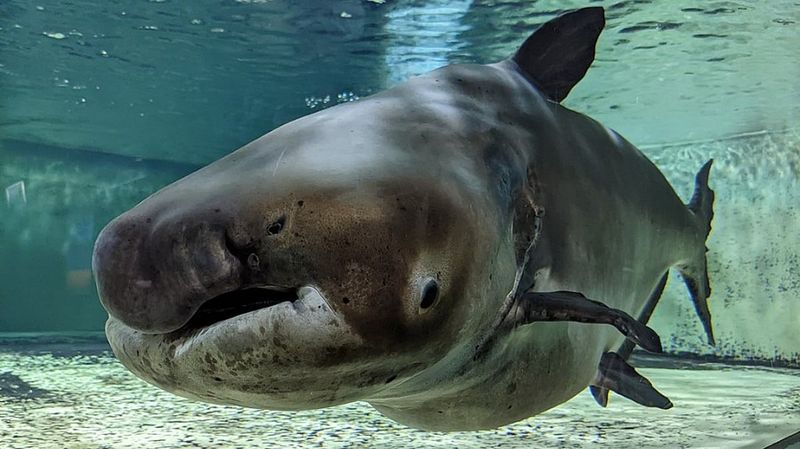
The reproductive behavior of the Mekong giant catfish is as fascinating as its size. Spawning generally occurs during the rainy season when water levels rise, providing ideal conditions.
However, these fish face challenges due to altered river flows and habitat fragmentation from damming. Such changes can disrupt their natural reproductive cycles.
Conservation Efforts For The Giant Catfish
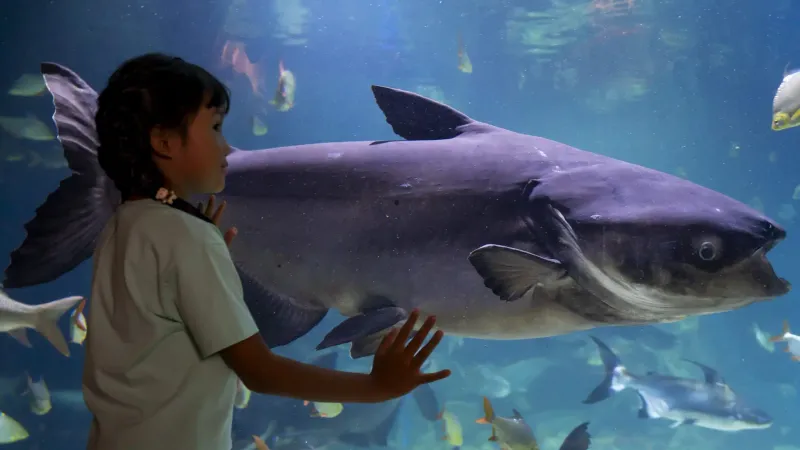
Conservation efforts for the Mekong giant catfish are crucial given its endangered status. Various international collaborations focus on habitat preservation and sustainable fishing practices.
Programs include breeding in captivity and releasing young catfish into the wild to bolster population numbers. Awareness campaigns aim to educate local communities about the importance of conservation.
Future Of The Mekong Giant Catfish
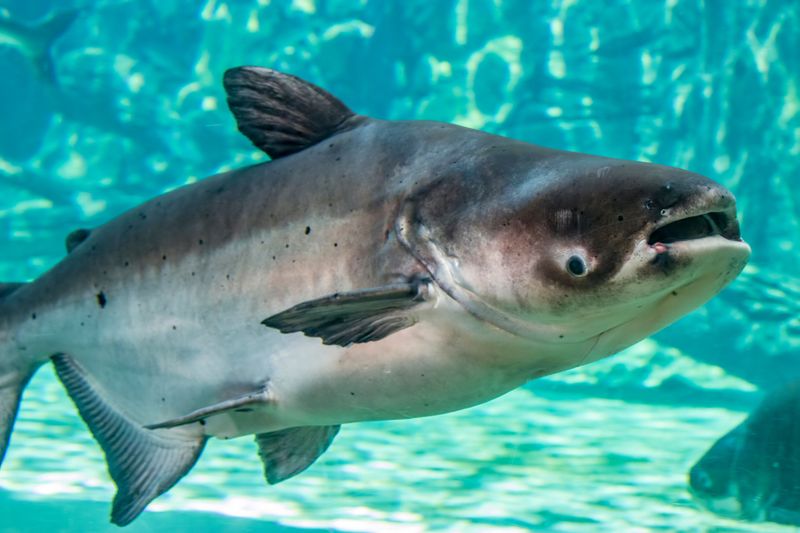
The future of the Mekong giant catfish hinges on continued conservation efforts and habitat protection. Ensuring clean waterways and sustainable development are key to its survival.
The commitment of governments, non-profits, and local communities is essential to creating a harmonious balance between human activity and nature. Innovative solutions are needed to address environmental challenges.
The Significance Of The Mekong River To Biodiversity
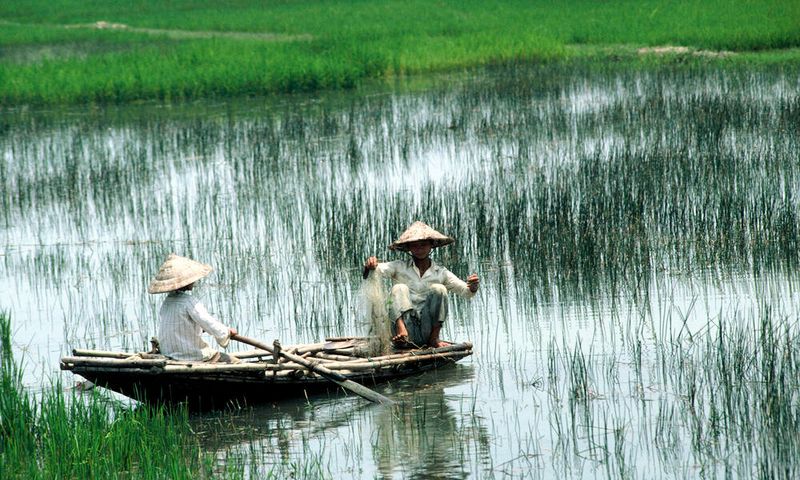
The Mekong River is one of the world’s most biodiverse ecosystems, home to an incredible range of species, many of which are found nowhere else on Earth. From its rich aquatic life to the surrounding wetlands, the river supports vital habitats for animals like the Mekong giant catfish.
This biodiversity is crucial not just for the species living within it, but for maintaining the health of the entire ecosystem. The river’s unique geography and climate create an environment that sustains numerous plants, fish, and animals, making it a global treasure that must be protected.
Why Protecting The Mekong Giant Catfish Is Vital For Ecosystem Health
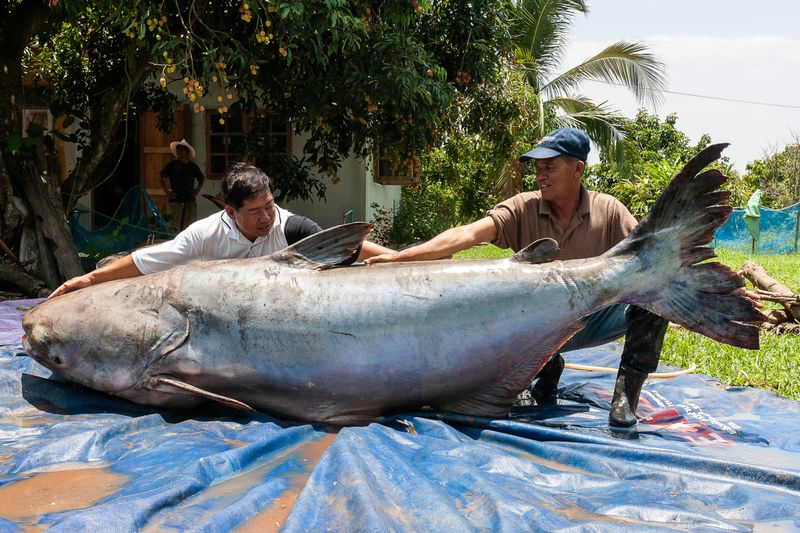
The Mekong giant catfish plays a key role in maintaining the balance of its ecosystem. As a herbivore, it helps control the growth of algae and plants within the river, contributing to water quality and habitat stability.
Protecting this massive species is crucial not only for conserving an iconic creature but also for ensuring the health of the entire river system.
Efforts to safeguard the catfish’s habitat, prevent overfishing, and restore natural river flows are vital for preserving the ecological integrity of the Mekong River, which supports millions of people and wildlife.

